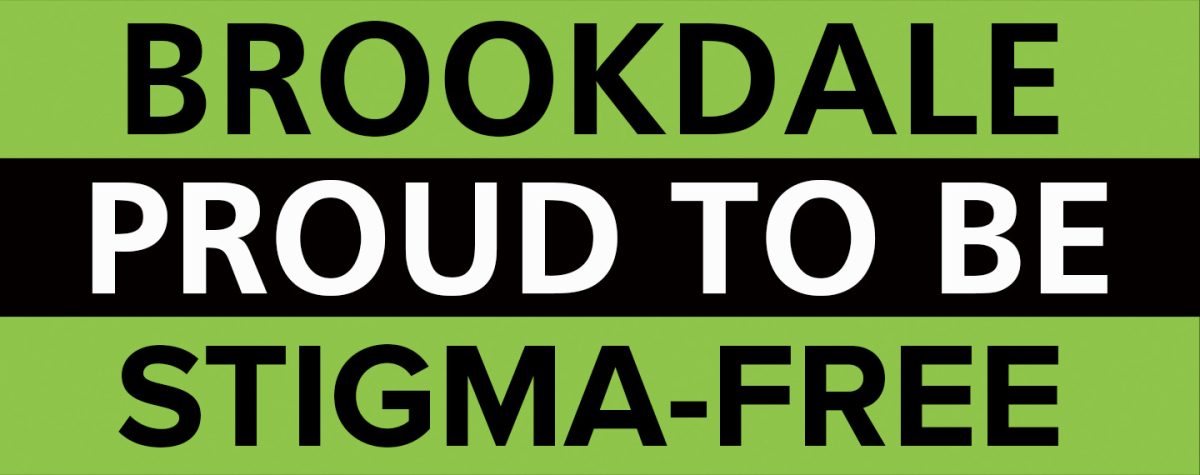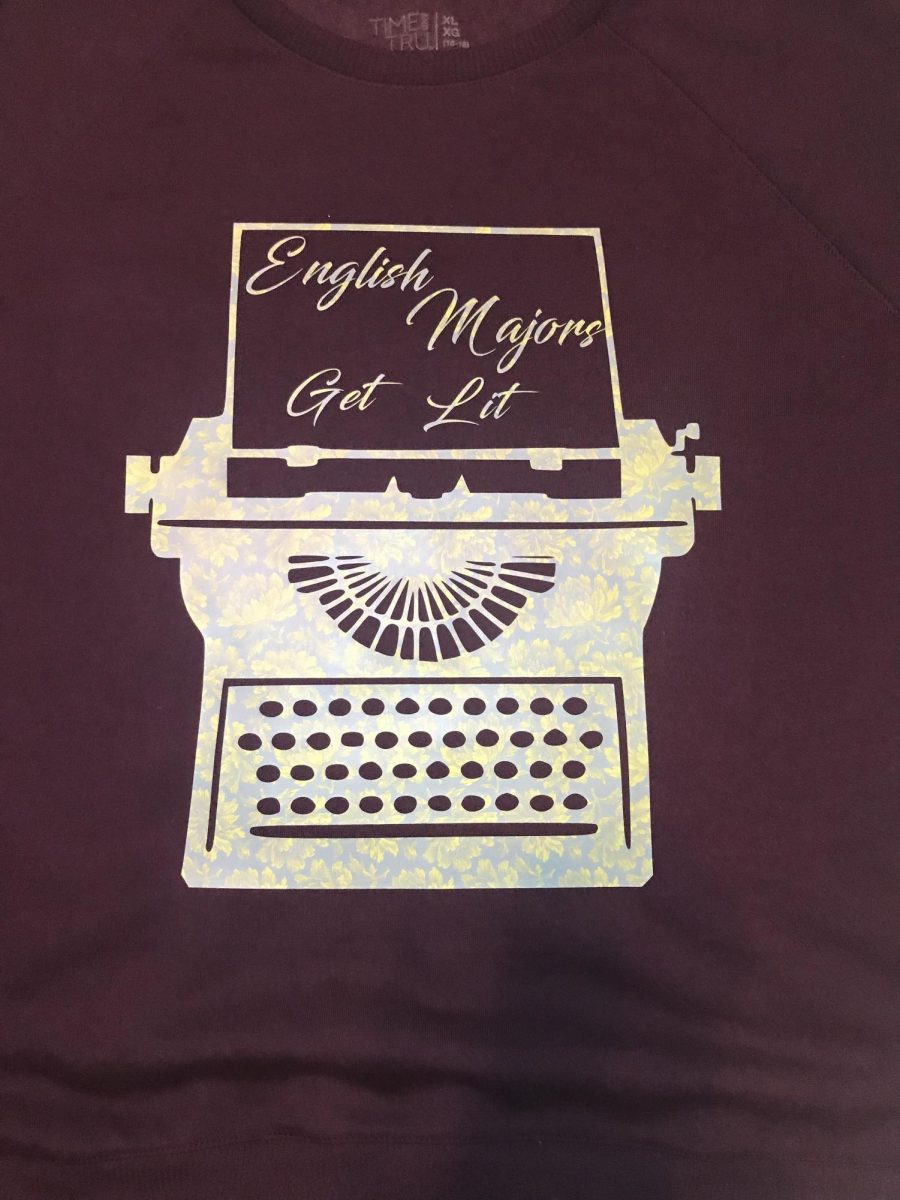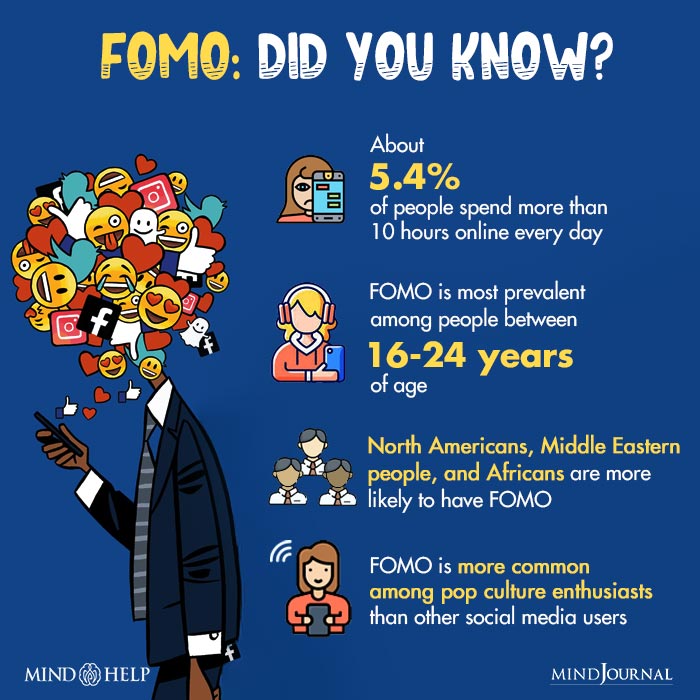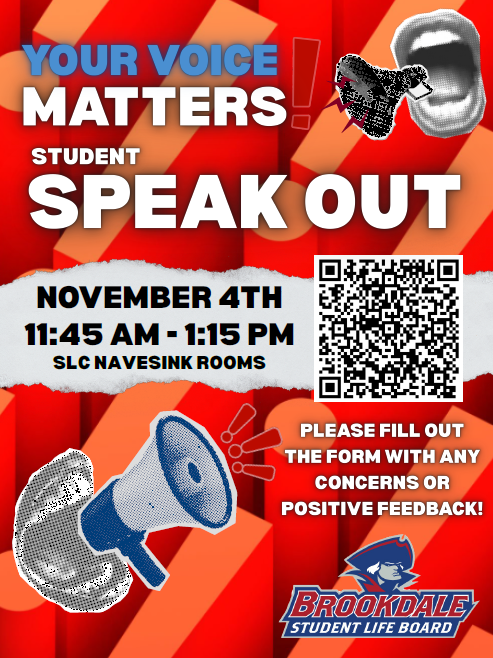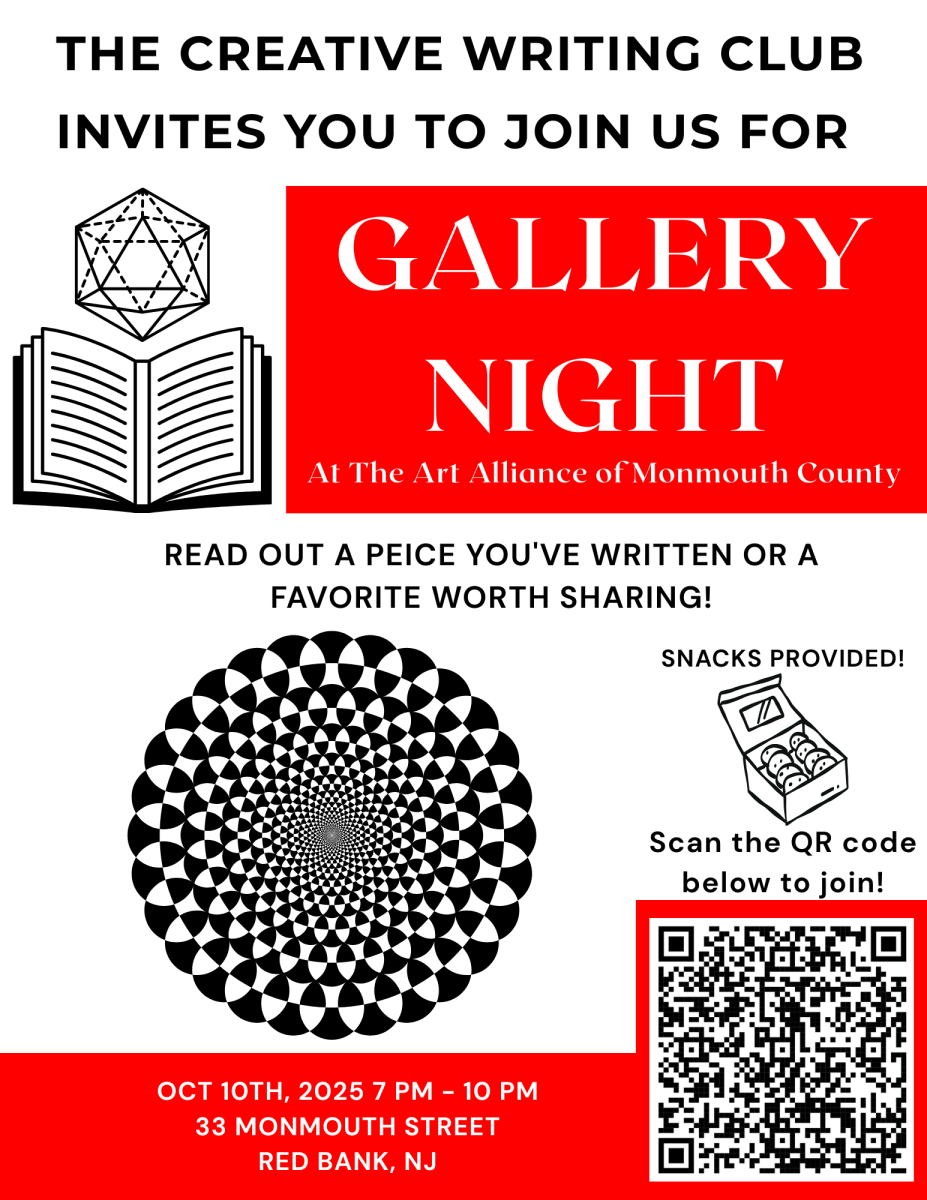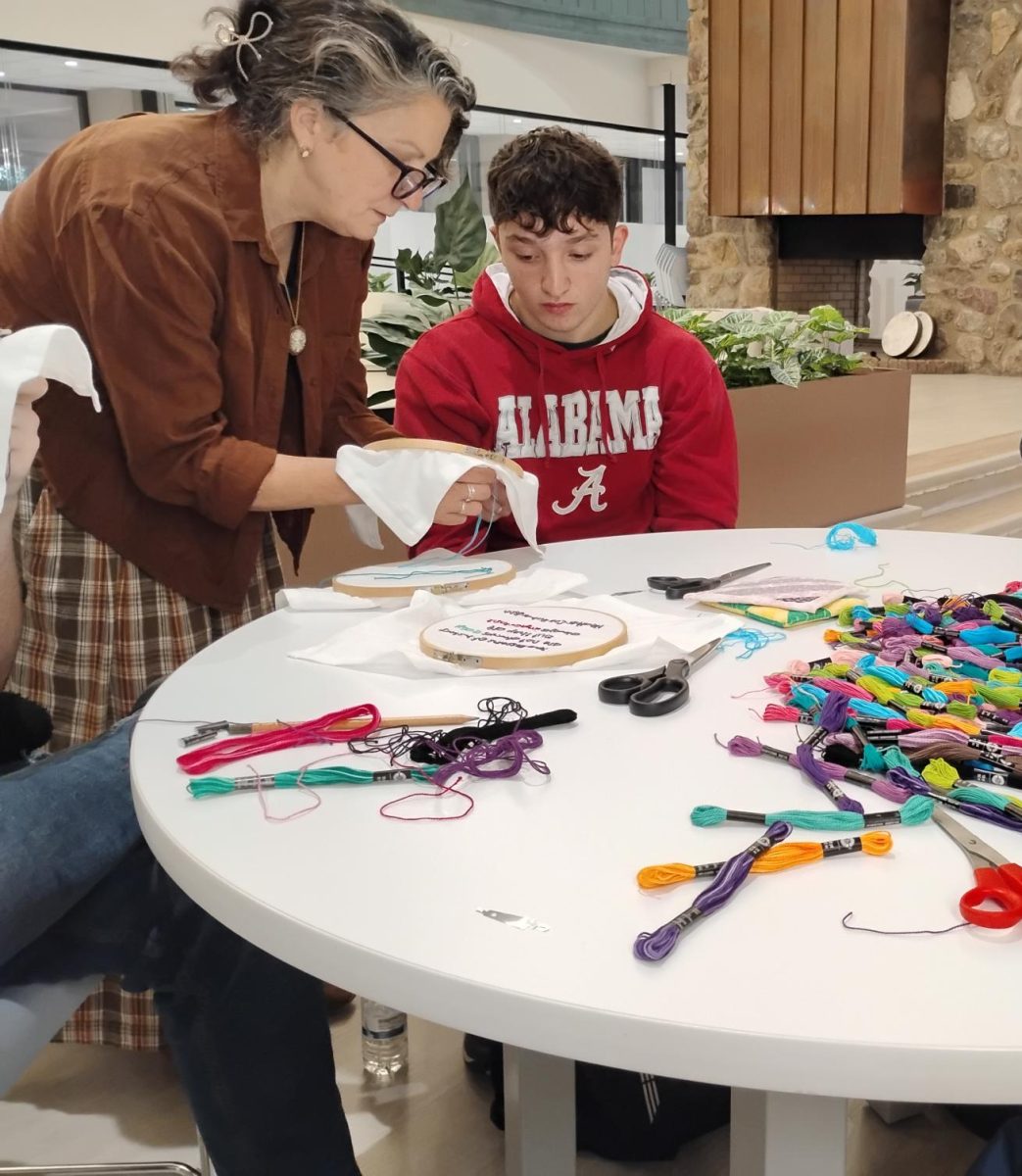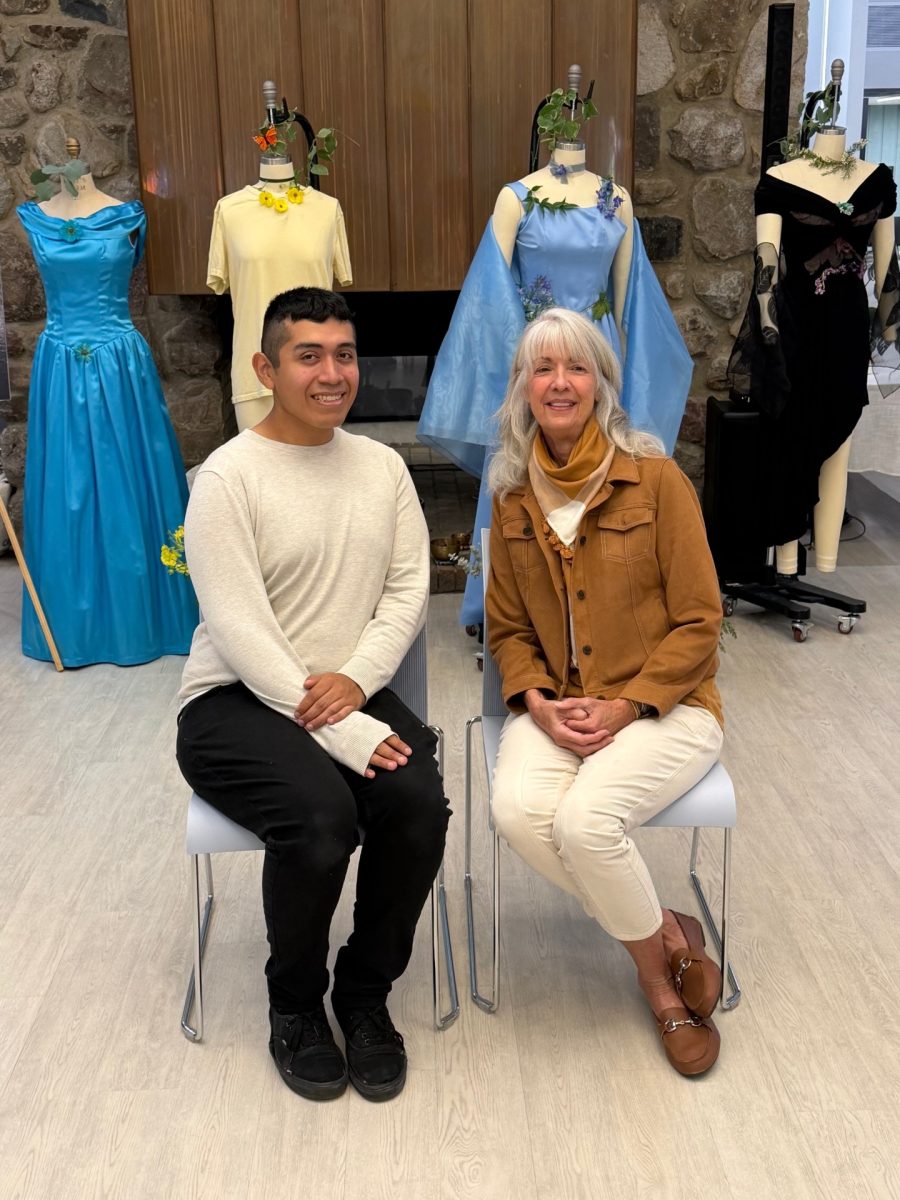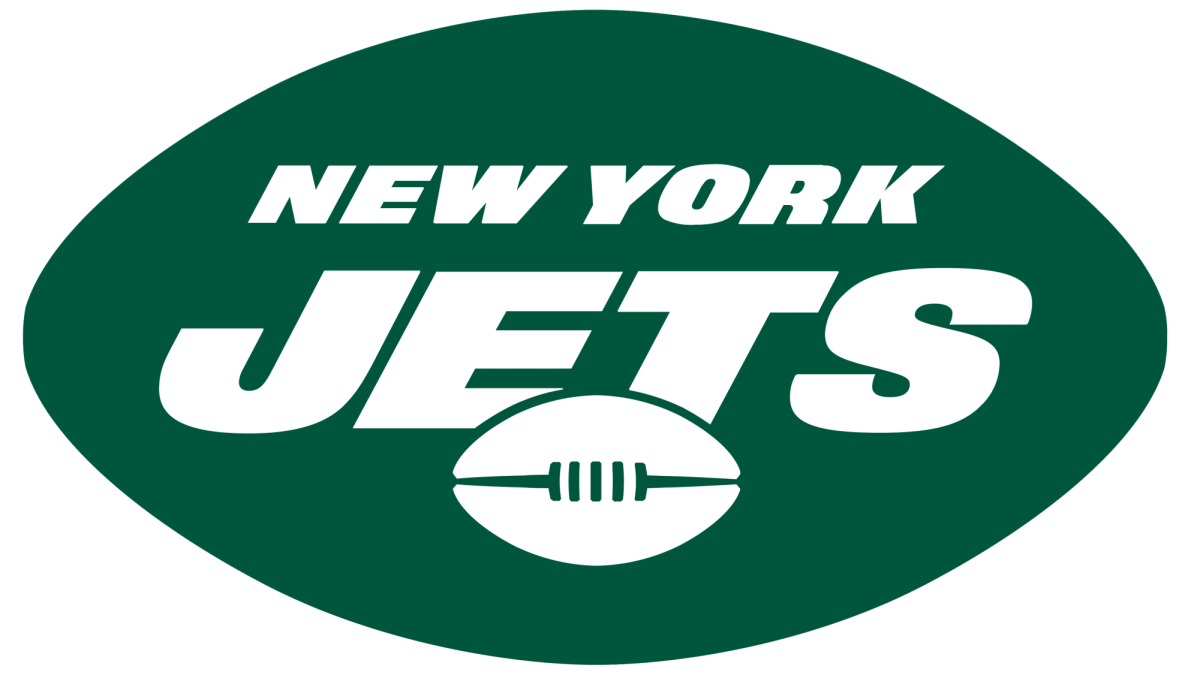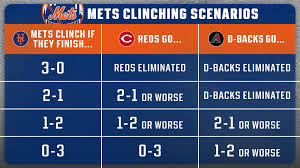A Love Letter to Musical Theater
February 2, 2021
Musical theater’s origins can be traced back to the Greeks, who staged comedies and tragedies alike with a musical underscore. Historians believe this was the birth of musical theater; its shape slowly changing as society progressed. Musical theater has taken many forms, yet one thing remains consistent.
Its popularity has only risen since its creation and has presently reached an all-time high. Musical theatre has remained the most popular form of theater since its conception.
Musical theater has captured the eyes (and ears) of audiences across the globe. For years, Broadway has stood as the central hub of musical theater expertise. This is not to say that many other “hubs” or collections of theaters and theatrical companies exist. The “West End” and multiple global touring companies also see thousands of audience members each year. Though this year, in particular, has been a knife in the back of theatre specifically, attendance for professional musical theater has never been higher.
The Broadway League, a professional organization of producers, directors, actors, and all professional theater personnel reported the attendance statistics for the 2018-2019 season. Due to the pandemic, reporting the attendance of the 2019-2020 season hardly seems fair. Not to mention that theaters closed in March of 2020 and have not been open since. The attendance for the 2018 – 2019 season saw a crowd of 11,364,327 attendees. One of the record highest number of attendees since the early 2000s, and the resurgence of musical theater within popular culture.
The Broadway League also reported a massive financial gain for the 2018 -2019 season. The culmination of the entire season resulted in $1,434,947,385. The League has seen a steady increase per season since the early 2000s. Adjusting for inflation, the “earlier” eras of Broadway rarely come close to the current numbers. Broadway is statistically becoming increasingly more and more popular. The reason for this is heavily debated, though experts agree on one thing: Broadway has been reintroduced into the mainstream.
The “Golden Age” of musical theater is the 1940’s – the 1960s, dubbed as such due to the amount of “hit” musicals created and released during the time period. Rodgers and Hammerstein, Lerner and Lowe, Stephen Sondheim, all became household names due to their success with their creative projects. “Oklahoma,” “Gypsy.” “My Fair Lady,” “South Pacific,” “Show Boat” were all considered “smash hits” of this time period.
All of these musicals were granted theatrical wide releases as movie adaptations. These movie adaptations ushered in Broadway’s concrete popularity. With access to “the greats” of musical theater Americans everywhere were allowed to become enraptured with musical theatre.
These wide-release movies were the introduction of musical theater into popular culture. However, since the “golden age,” many other attempts at recapturing this stage to screen success have been attempted. Movies such as “Hello, Dolly!” are a prime example of Hollywood attempting to capitalize on theatrical success. “Hello, Dolly!” was a hit musical of the 70s, introducing a new generation to stars such as Carol Channing, Dorothy Loudon, and Ethel Merman. All of which were young stars during the “golden age” of theatre itself.
However, the screen adaptation cast an entirely new set of celebrity clientele. Barbara Streisand was 27 at the time of the film’s release, and her co-star, Walter Matthau was 49. Audiences were semi-repulsed by the on-screen age gap, and the “Hello, Dolly!” movie has seen turmoil ever since. By the 1970s – 1980s had reached Broadway, attendance was mediocre. The composers that had ruled the golden age were scarcely releasing new material. It was not until the end of the 80s that Stephen Sondheim and Andrew Lloyd Webber brought Broadway back. “Assasins,” “Into The Woods,” and “Phantom Of The Opera,” all brought Broadway back to its former glory.
Broadway has been riding this high ever since. With the introduction of the late 2000s, came a rush of new composers. Shows like “Wicked,” “Dear Evan Hansen.” “Waitress,” “Fun Home,” “Spring Awakening,” and “Hamilton” are all currently still bringing in thousands of people every night (pre-COVID). These musicals have re-entered musical theater into the atmosphere of pop culture. A new generation now enamored by the sparkle and glow of stage lights. Musical theater has retained its popularity through generations of social change. Yet it remains because theater lacks the magic that musical theater brings.


